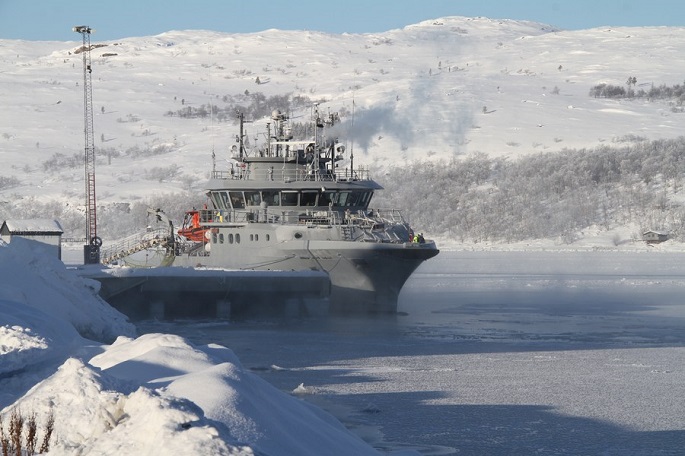Arctic ice algae heavily contaminated with microplastics: study
Published : 21 Apr 2023, 23:28
Updated : 21 Apr 2023, 23:38
The alga Melosira arctica, which grows under Arctic sea ice, contains ten times as many microplastic particles as the surrounding seawater, according to a study led by the German Alfred Wegener Institute, Helmholtz Centre for Polar and Marine Research (AWI) and published on Friday, reported Xinhua.
"We have finally found a plausible explanation for why we always measure the largest amounts of microplastics in the area of the ice edge, even in deep-sea sediment," Melanie Bergmann, head of the research team, said in a statement.
During an expedition with the research vessel Polarstern in the summer of 2021, the team collected samples of Melosira algae and the surrounding water from ice floes. The samples were then analyzed by the Ocean Frontier Institute (OFI), Dalhousie University, and the University of Canterbury.
Once entrapped in the algal slime, the microplastics travel "as if in an elevator to the seafloor, or are eaten by marine animals," Deonie Allen of the University of Canterbury and Birmingham University explained.
Because ice algae are an important source of food for many deep-sea organisms, microplastic can enter the food web. An earlier study had already shown that ice algae were also an important food source at the sea surface. This "could explain why microplastics were particularly widespread among ice-associated zooplankton organisms," AWI said.
As zooplankton is eaten by fish, which in turn are eaten by seabirds, microplastics could also enter the human food chain, the study found. The detailed analysis identified numerous types of plastics in the Arctic, including polyethylene, polyester, polypropylene, nylon and acrylic.
"Plastic waste and consequently microplastics are a global problem that no country can tackle alone," a spokesperson of the German Federal Environment Agency (UBA) told Xinhua on Friday.
The Artic in particular is "suffering from waste carried in from other regions of the world by ocean currents, river systems and air currents," the spokesperson said. International efforts are needed to "start very early in the life cycle of plastic products to prevent waste instead of disposing of it downstream."
Plastic pollution has become a global problem. Of the 9.2 billion tonnes of plastic produced between 1950 and 2017, approximately 7 billion tonnes ended up as waste in landfills or dumped, according to United Nations (UN) estimates.
Back in March 2022, 175 nations agreed at the UN Environment Assembly in Nairobi to develop a legally binding agreement on plastic pollution by 2024.


